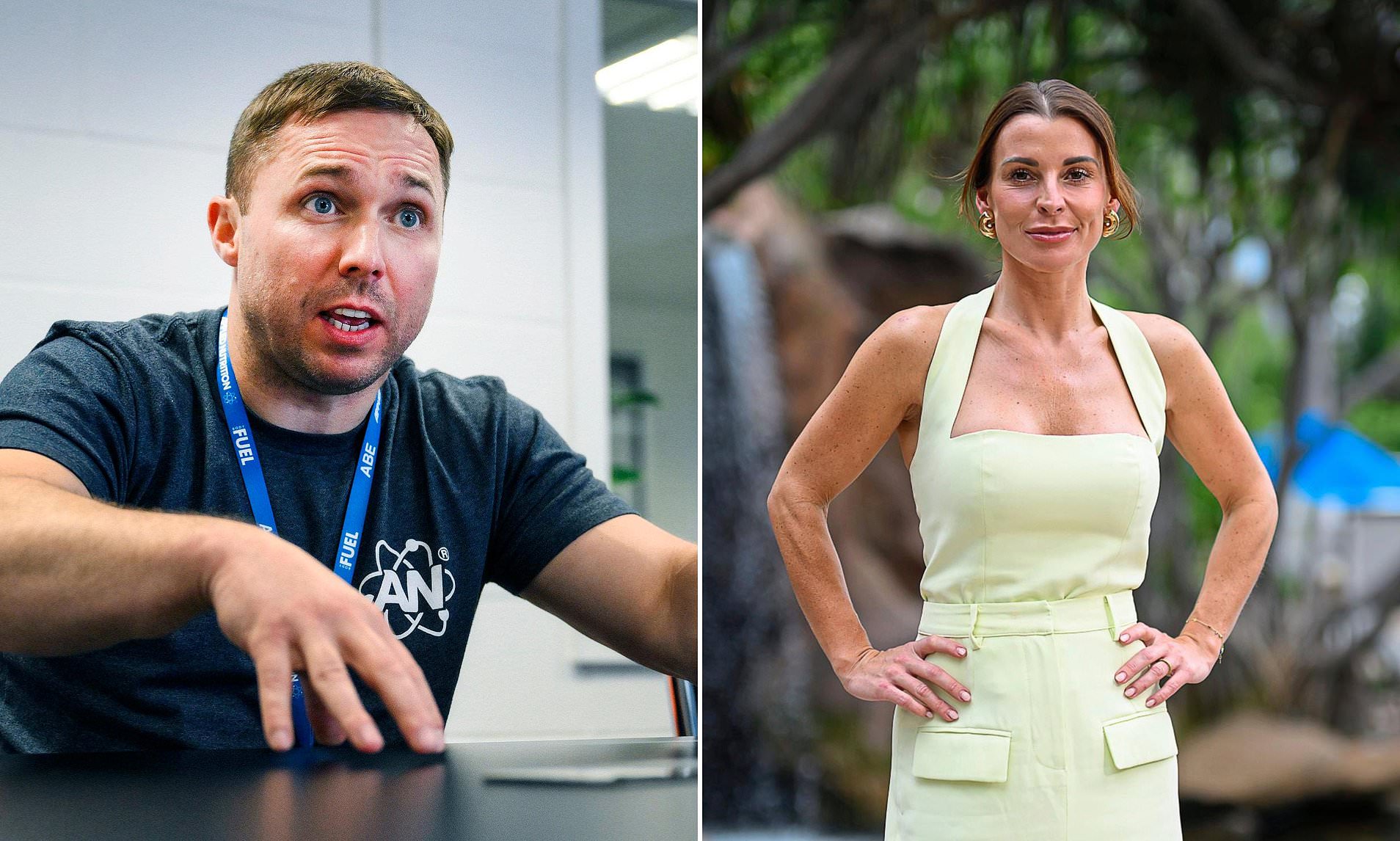BeautyHealth Upgrades 2025 EBITDA Guidance to $37M–$39M Amid Strong Margin Management

Strategic Shifts and Operational Improvements
Pedro Malha, CEO & President of The Beauty Health Company, opened the earnings call by expressing gratitude for the previous leadership and team efforts in stabilizing the business. He emphasized the company's potential to leverage its Hydrafacial device platform and expand it into a category-leading ecosystem of skin health technology solutions. Malha highlighted the unique recurring razor and blade business model and the company’s position to benefit from a market shift toward less invasive, personalized, and science-backed treatments.
Malha outlined four strategic priorities: protecting and growing the Hydrafacial installed base of over 35,000 devices, driving consumable utilization, innovating across device and consumable platforms, and strengthening operational discipline in areas such as cost control, margin expansion, supply chain, and quality.
For Q3, Malha reported total net sales of $70.7 million, noting a 10.3% year-over-year decline but stated this was "slightly ahead of the high end of our forecast for the quarter." Device segment revenue was $20.8 million, down 24.6% year-over-year, while consumables revenue was $49.8 million, down 2.6% year-over-year, mainly due to the China business model transition. He emphasized that excluding China, consumables sales would have increased modestly, with the consumable mix rising to 71% of net sales.
Malha noted operational achievements, including inventory levels below $60 million—"the lowest in 3 years"—and cited Q3 adjusted gross margins at 68%, down approximately 150 basis points year-over-year. Adjusted EBITDA reached $8.9 million, up 11% from Q3 last year, reflecting "tight control of cost and a solid operational execution." He announced a raise in adjusted EBITDA guidance and the midpoint of full-year revenue guidance.
CFO Michael Monahan stated, "I'm pleased to share another quarter of steady execution and disciplined financial performance in which we once again exceeded our initial expectations." He highlighted the impact of operational discipline, reporting net sales at $70.7 million, with device sales declining 24.6% and consumables down 2.6%. Monahan also pointed to regional revenue declines and outlined the company’s strategy for managing inventory and cost controls.
Outlook and Financial Results
The company raised the low end of its full year 2025 revenue guidance to between $293 million and $300 million and increased adjusted EBITDA guidance to between $37 million and $39 million. For Q4, expected net sales are between $74.5 million and $81.5 million, with adjusted EBITDA between $6.9 million and $8.9 million. Management stated the guidance reflects "reduced year-over-year revenue declines and continued cost management discipline."
Financial results showed Q3 net sales were $70.7 million compared to $78.8 million in the prior year, with device revenue at $20.8 million and consumables at $49.8 million. The Americas declined 7% to $48.3 million, APAC dropped 41.5% to $6.3 million, and EMEA remained flat at $16.1 million. GAAP gross profit was $45.6 million, with a GAAP gross margin of 64.6%. Adjusted gross margin was 68%, driven by a higher mix of consumables. Operating expenses fell 16.5% to $51.9 million, led by reduced sales and marketing spending (down 24.2%) and G&A expense (down 12.5%). Operating loss improved to $6.2 million from a loss of $21.5 million in the prior year.
Adjusted EBITDA was $8.9 million, up from $8.1 million, with margin improving to 12.6%. The company ended the quarter with $219.4 million in cash, reflecting refinancing activities and improved cash flow from operations.
Q&A Highlights
Oliver Chen, TD Cowen, asked about regional performance and cautious trends in the Americas. Malha responded that "Americas was down 7%...devices was down 16.3%," citing macro pressures but noted stabilization in device declines. For EMEA, "overall, we were flat...devices were down in EMEA about 21%." Consumables in EMEA grew double digits, driven by Germany and the medical channel.
Chen inquired about near-term vs. long-term strategic focus. Malha outlined that immediate priorities include driving utilization and device placement, with innovation and commercial execution as ongoing efforts, and highlighted targeted strategies for both devices and consumables.
John-Paul Wollam, ROTH Capital Partners, queried international strategy and channel mix. Malha stated there is continued reliance on distributor networks internationally, with plans for targeted commercial programs and investment in education and training.
Wollam also asked about the recent consumable price increase. Malha confirmed, "the team has been very pleased how the market...took that price increase," and noted average selling price is up.
Susan Anderson, Canaccord, asked about stabilizing device sales. Malha emphasized improving pipeline and commercial execution, predicting "the performance of our ability to sell devices into the market to get better and better as the quarters progress."
Anderson followed up on consumables focus. Malha disclosed a pause on the skin care initiative: "we have decided to actually pause the skin care initiative...our competitive advantage lies rather on the clinical differentiation, on recurring consumables, on stronger provider partnerships."
Lillian Moffett, Raymond James, asked about channel trends and consumer behavior. Malha described stability in medical and non-medical segments but noted pressure among plastic surgeons as consumers shift toward less invasive care. Monahan added, "booster attachment rates were very high...the end consumer...has been under a bit of pressure."
K. Gong, JPMorgan, asked about balancing growth vs. profitability for 2026. Malha stressed focus on top line growth and recurring revenue, indicating momentum heading into next year is contingent on improved macro conditions.
Joseph Federico, Stifel, queried guidance raise and margin dynamics. Monahan explained Q3 outperformance and Q4 margin expectations, noting, "gross margins tend to be a little bit lower quarter-over-quarter because we run the consumables promotion in the fourth quarter."
Federico asked about churn. Malha acknowledged churn is elevated at 1.8%, attributing it to "financial pressure being the primary factor" among low-volume providers, with proactive reengagement initiatives underway.
Sentiment Analysis and Risks
Analysts maintained a neutral tone, probing regional trends, strategic focus, pricing, and stabilization efforts, with particular attention on macro headwinds and device sales challenges. Management projected cautious confidence, with Malha stating, "we are encouraged by the momentum we are building as we enter 2026." Monahan’s tone reflected operational focus and discipline, noting "continued cost control even in the face of lower top line volume."
Compared to the previous quarter, management’s prepared remarks showcased increased optimism on stabilization and improvement in guidance, while analyst tone remained neutral but focused on risk factors and execution.
Quarter-over-Quarter Comparison
The current quarter featured a new CEO, Pedro Malha, succeeding Marla Beck, and a strategic pause on the skin care initiative. Guidance for full-year revenue and adjusted EBITDA was raised from the prior quarter’s range of $285 million–$300 million and $27 million–$35 million, respectively, to $293 million–$300 million and $37 million–$39 million.
Device revenue pressure persisted, but consumables mix improved. Operational discipline and cost controls remained central, while innovation shifted focus from skin care to clinically backed boosters and core consumables.
Analysts in both quarters concentrated on device sales, churn, and regional performance, but this quarter’s Q&A included increased scrutiny of churn and pricing power.
Management’s tone moved from cautious progress in Q2 to greater emphasis on momentum and margin resilience in Q3.
Risks and Concerns
Management cited ongoing macroeconomic headwinds, persistent inflation, challenging access to financing for capital equipment, and uneven consumer confidence as key external risks. Device sales remain under pressure, especially in the Americas and APAC, with churn elevated at 1.8%. The China market transition continues to impact results, though mitigation includes inventory planning and a shift to distributor models.
Proactive measures include greater support and training for low-volume providers, a focus on innovation in consumables, and a pause on non-core initiatives to preserve capital.
Final Takeaway
The Beauty Health Company delivered resilient Q3 2025 results amid challenging macro conditions, highlighted by improved profitability, disciplined cost control, and strategic clarity under new leadership. The company raised guidance for both revenue and adjusted EBITDA for the year, underscoring confidence in its recurring consumables model, operational improvements, and targeted innovation. Management remains focused on stabilizing device sales, reactivating providers, and leveraging its core strengths to drive growth into 2026.








